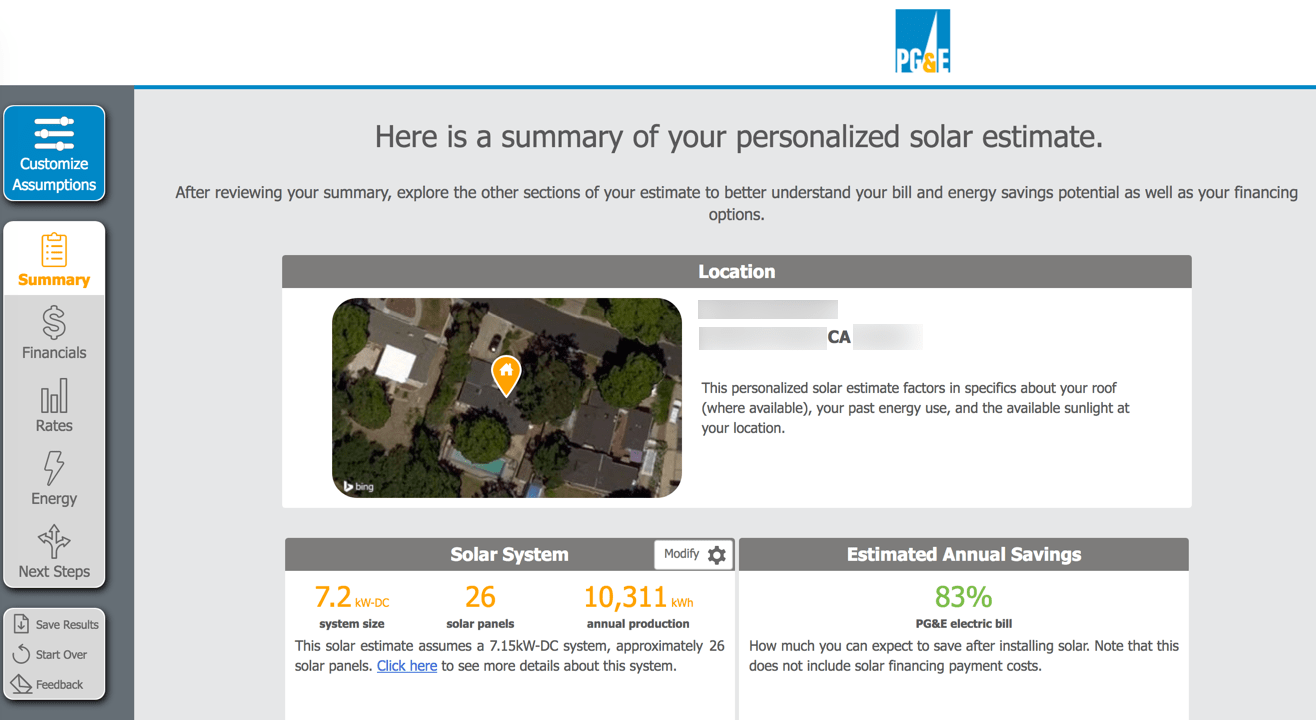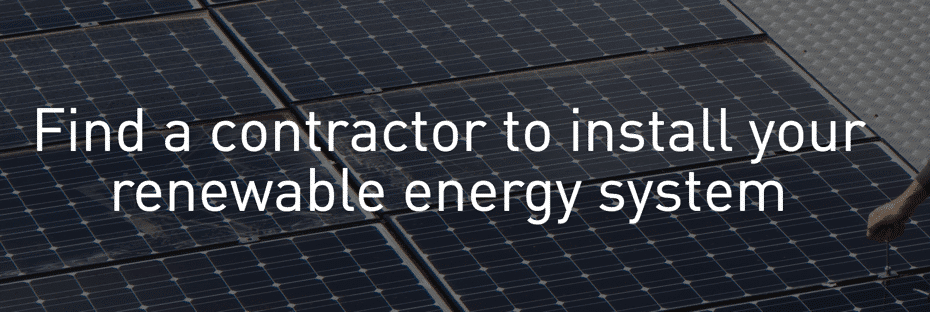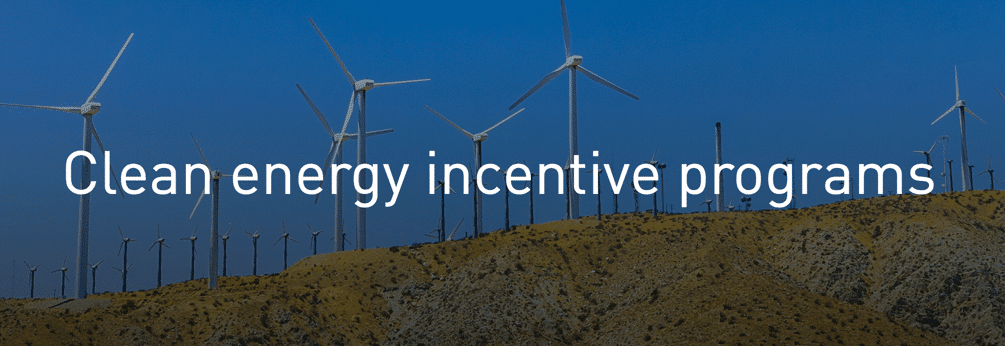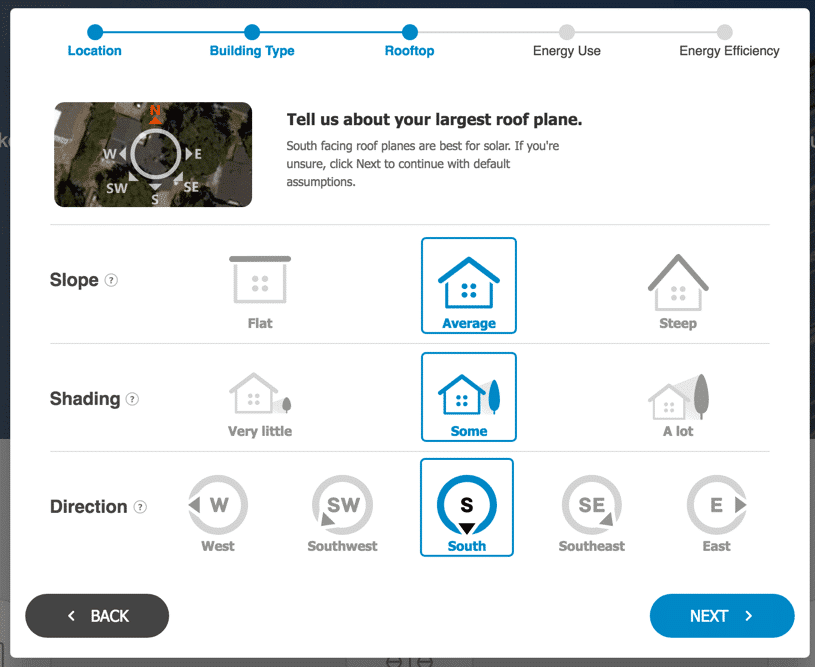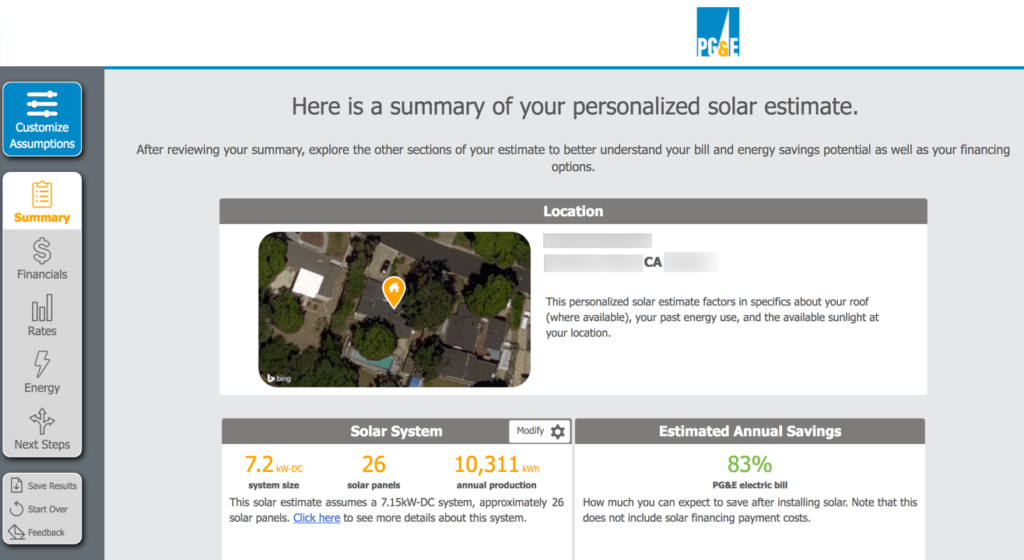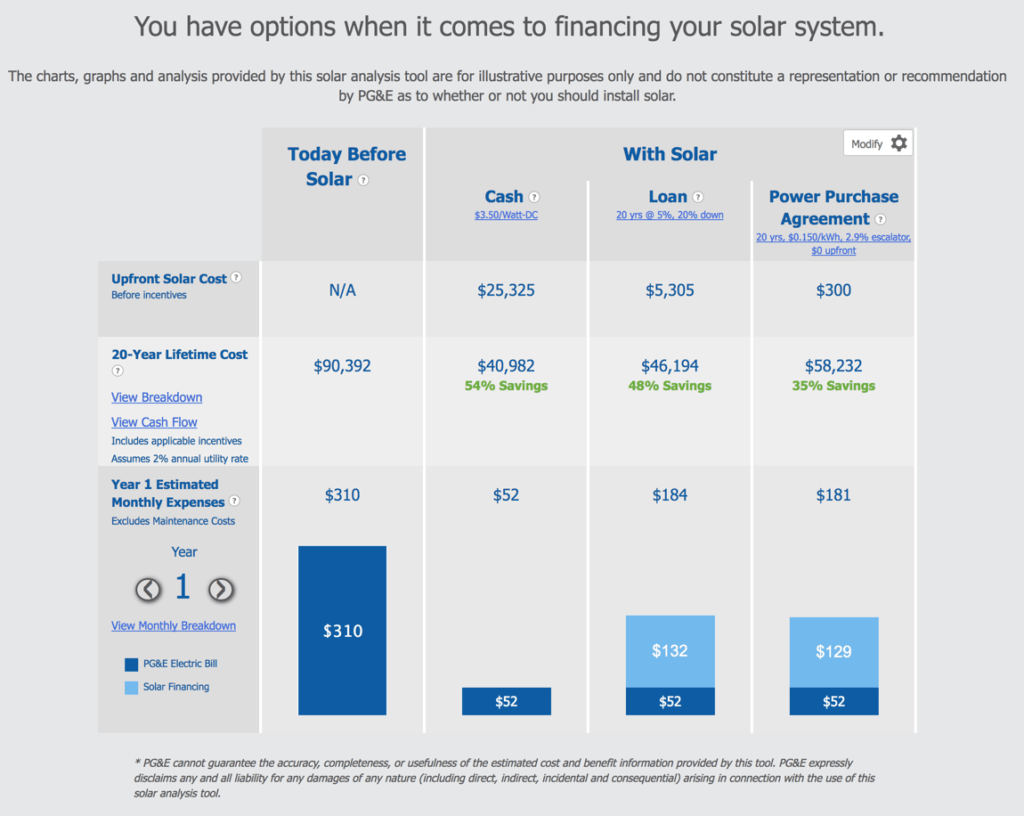Just the other day, I was up on my roof cleaning the gutters. We had just had a break in the crazy rain that has been pounding California. It was actually quite sunny out and as I was breaking out in a sweat in the direct sun, I actually started thinking about how good my house would be for a solar panel install. It receives quite a lot of sun throughout the day, free from trees and shadows, and there actually seems to be a lot of square footage that could be used for solar paneling. I knew a bit about solar paneling from previous research. For example, the higher your current electrical bill, the larger your roof’s solar array needs to be. But, if you reduce your monthly electrical consumption, you then can actually reduce the size of your solar installation. Not sure how to reduce you solar bill? My previous (sponsored) article about Pacific Gas & Electric’s personalized tools discusses different ways PG&E customers can both reduce energy consumption as well as discover potentially better electrical rate plans to save money. Well guess what? PG&E also has some tips and tools (particularly the PG&E Solar Calculator) which can give you some great advice and insights into solar panels, the costs, the benefits, and other helpful resources.
The sun is a huge, untapped resource of potentially limitless energy that is non-destructive to the environment and the technology of solar panels is improving each year, making it an extremely viable option for consumers to power their homes. But, to find out the best options for solar paneling at your home requires some extensive research. Should you lease? Should you own? How big of a solar panel array do you need? How much of an impact on your electrical bill is there with or without solar energy? How quickly will your investment pay off? What energy incentives are available should you want to install solar power on your home?
These are all important questions to consider. In fact, I have recently been truly evaluating my home’s energy footprint and doing a variety of upgrades and optimizations to both drive down by electrical bills and energy consumption. While the other recommendations I made in my previous article which discuss some of the tools PG&E customers can find within their account, all customized to their home and previous energy consumption, are a bit less costly and potentially require a bit less work, installing a full solar panel system on your home is possibly one of the more major investments you can make on your home.
Whether you are a PG&E customer or not, there is a PG&E site with some great solar resources you can visit to help you explore the options available. This site walks you through assessing your home’s current electrical consumption, provides recommendations on solar power vendors, helps you understand the math behind a solar panel install, and learning about other incentives provided to reduce that capital investment in your home’s energy.
How to Assess Your Home for a Solar Panel Upgrade
Before you even jump into the tools available, it often makes sense to just do a simple assessment of your own home. First, do you own your home? If not, you may be at the whim of the homeowner to do the solar upgrade. Next, does your roof have enough sunlight to even warrant a solar panel array? If a tree or other object blocks most of the sunlight during the day, installing solar panels might not be a good investment. But, if there is good, regular sunlight on your home’s roof, you might be in luck.
Also, you may want to get the health of your actual roof assessed prior to anything. If you need a new roof, that is an additional cost you will need to consider. There are some solar panel vendors who often do roof installations. But be sure to weigh this carefully as some vendors are better at solar than roof installations and vice versa. But the bottom line is, you do need to have a roof that is relatively new and/or in good condition if you are going to have solar paneling installed.
Know Your Home’s Energy Consumption
The PG&E clean energy checklist has a series of tips, resources, tools, and forms to help you with this important decision.
The first step is giving your home a Home Energy Checkup (which I discussed in my previous article). This involves easily creating and/or logging into your PG&E account to understand what devices in your home consume how much energy. Also, using their automated tool, you can evaluate various electrical rate plans available (after doing that assessment, I actually used the tool to easily change my electrical plan to save some money). The Checkup also provides customized recommendations on various updates or upgrades you could do to be more energy efficient and save additional money.
This is a quite important step to do first. Based on how you change your energy footprint at home and your rate plan, you could have a different size of solar panel installation. But essentially, the more electricity you consume, the more panels you need and have to pay for.
Learn about Solar Panel System Contractors
The next step is selecting a vendor to install your system. This is an extremely critical and important stage so when looking for a vendor, do your research. If you know neighbors, coworkers, or family members who have recently installed solar panels on their homes, talk to them. Find out what they liked about the vendors and what they didn’t like. Ask them if they rent or own their systems. Understand what happens to their excess energy. Discover what their previous and current electrical bills are.
Here are some quick tips from PG&E when choosing a vendor:
- Get a contractor with experience
- Be sure the contractor has an active license
- Get bids from three or more vendors & compare these bid
- Read the fine print for warranty and maintenance agreements
- Ask if the vendors will submit applications to get federal, state, or other incentives
- Get vendor to explain the finance options, the process of connecting to the grid, and how the solar bill will work
The PG&E site has numerous checklists and forms to better understand the homeowner and solar panel contractor relationship.
Understanding the Math
As with any capital expenditures, you need to fully understand the financial impact. As PG&E explains on their “exploring financial options” page, there are three main ways to obtain a solar or renewable energy system for your home. Specifically:
- Purchase (direct or through new solar-specific bank loans)
- Lease
- Power Purchasing Agreements (PPA)
Making this decision is a critical one as it makes a difference between having a large investment upfront (and having considerably lower electrical bills moving forward), having a much smaller upfront investment (but fixed monthly bills regardless of electrical production/consumption), or again having a small upfront investment (but paying a fixed price per kilowatt-hour).
The two “rental” type of options are quite nuanced so I recommend reading up on the differences. The PG&E financial options page provides clear listings of benefits, costs, risks, and advice for these three types of options.
Clean Energy Incentives
Lastly, it’s important to review the energy incentives available from the federal and state governments as they can be quite good. It is not only solar paneling that has incentives, but also wind power and solar water heating.
The Database of State Incentives for Renewables & Efficiency (DSIRE) allows you to research by zip code or state the policies and incentives available to you. Just putting in my zip code found 62 different programs, incentives, grants, codes, and more for California and the United States.
On the Go Solar California site, Californians can learn about any changes to the rebate system. For example, prior to 2009, residential solar had a per project cap of a $2000 tax credit. Current legislation now allows a tax credit of 30% of the total system cost, with no upper limit.
Again, the incentives, tax implications, and rebates can be confusing so it is important to both do your own research as well as talk to your solar panel contractor to better understand the options available to you.
Use the Solar Calculator
As I mentioned previously, you will want to try out the PG&E Solar Calculator. There are two ways you can use the calculator. you can do a quick estimate or use one that actually hooks into your electrical consumption from the page (you will need to authenticate with your PG&E login).
The quick estimate asks you for:
- Your Address
- Building Type
- Rooftop
- Energy Use
- Energy Efficiency
From there, when I used the quick estimate, it generated a personalized solar estimate based on the information I provided.
It also showed me a breakdown of investment costs as well as a monthly breakdown of my energy bills.
From there, you are presented with some different electrical rates to choose from and an annual estimate on your electrical bills as well as a graph that will show you where your electricity will come from once you have solar panels installed. Obviously, during the winter, your panels would not be receiving as much solar energy due to clouds or rain but during the summer (and sunnier) months, a majority of your electricity would be generated by the sun (assuming, of course, the roof size is large enough for the proper amount of panels). But this all depends on the specifics of your home.
Summing up the Sun Options
There are a lot of complicated options available for homeowners to benefit from renewable energy, particularly from the sun and solar power. The process of understanding these options, knowing exactly what you need prior to contacting any vendors, researching and vetting solar panel contractors, obtaining the proper incentives and tax rebates, and knowing what your possible end energy results will be is definitely not an unknown anymore.
I recommend working through the various tools and research materials available on the PG&E site to better plan for your solar upgrade (even if you aren’t a PG&E customer – there are plenty of important tips and links).
Disclosure Text: This is a sponsored post written by me on behalf of PG&E. All opinions within this article are my own. More information can be found on my About page.
HTD says: With all of the solar power options, incentives, and learning required for a successful renewable energy program at your home, it’s great that PG&E provides such a handy and helpful collection of tools and tips, many of which are customized to the individual PG&E customer, that makes a cloudy solar panel installation process, much sunnier.
This is a sponsored conversation written by me on behalf of PG&E. The opinions and text are all mine.
This is a sponsored conversation written by me on behalf of PG&E. The opinions and text are all mine.
